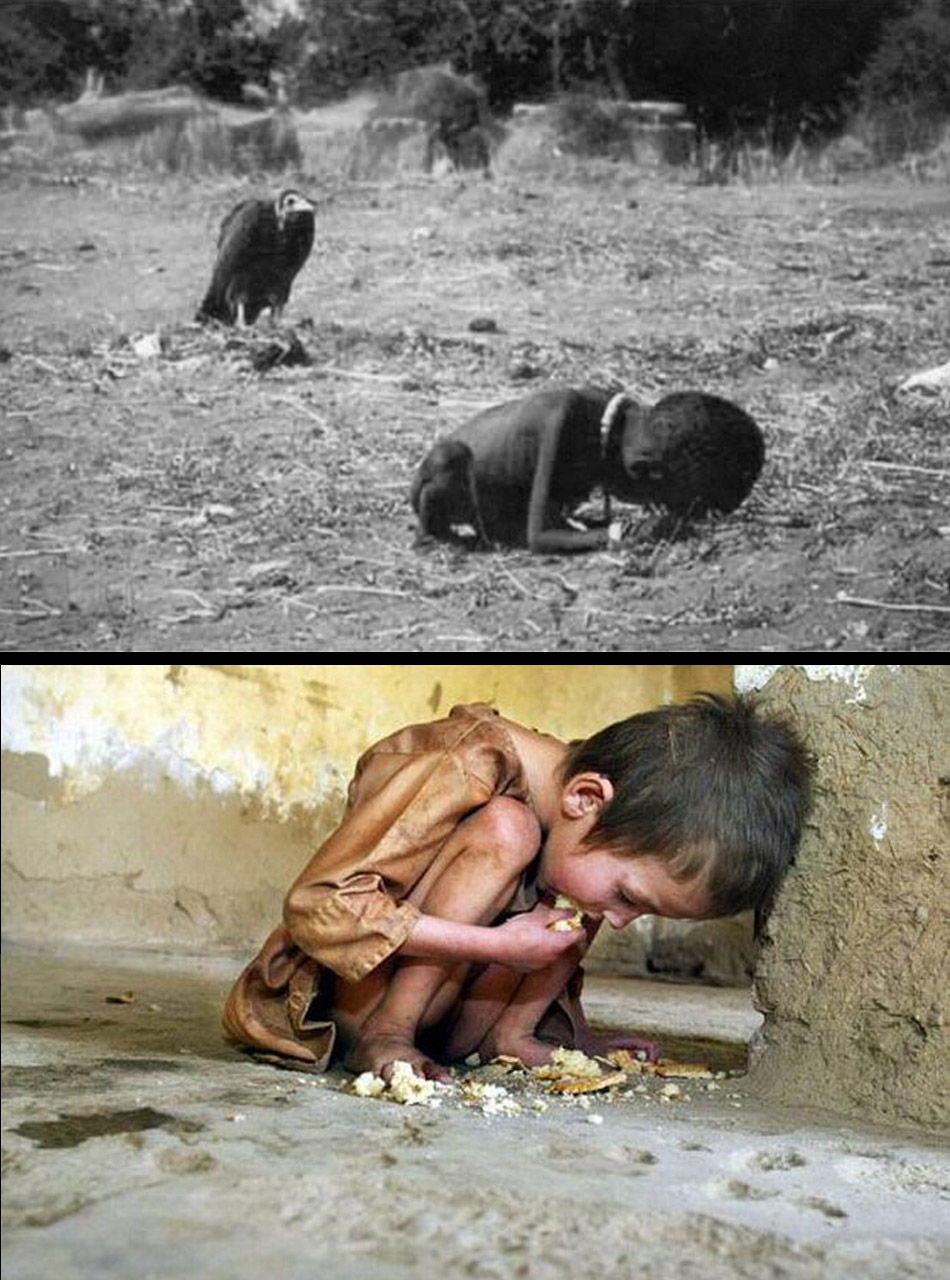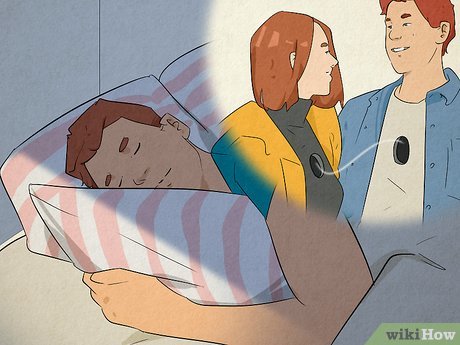Kevin Carter Photographer

Kevin Carter, the South African photojournalist, remains a poignant figure in the annals of photography. His work is characterized by its stark portrayal of human suffering, often juxtaposed against the indifference of the world. Born in Johannesburg in 1960, Carter’s journey through life and lens encapsulates both the power and the perils of bearing witness to the world’s injustices.
Carter’s lens, unforgiving in its gaze, captured moments that shook the conscience of humanity. His most famous photograph, “The Vulture and the Little Girl,” taken in Sudan in 1993, is a haunting testament to the harsh realities of famine. The image depicts a starving Sudanese child collapsed on the ground, while a vulture ominously waits nearby. The juxtaposition of vulnerability and predation stirred a global conversation about the ethical responsibilities of photojournalists.
Humanity’s Contradictions
However, the acclaim that followed Carter’s work also brought scrutiny. Critics questioned the ethics of his approach, arguing that his images sensationalized suffering without offering meaningful solutions. Carter himself grappled with the moral dilemmas inherent in his profession. In an interview, he confessed, “I am truly, truly sorry for the pain I caused with my picture.” His words reflect the complex interplay between the duty to document and the responsibility to intervene.
Beyond the controversies, Carter’s life was marked by personal struggles. He battled with depression, exacerbated by the trauma he witnessed in the field. The weight of bearing witness to humanity’s darkest moments took its toll on his psyche. In 1994, at the age of 33, Carter tragically took his own life, leaving behind a legacy that continues to provoke introspection and debate.
Yet, amid the shadows of tragedy, Carter’s work endures as a testament to the power of visual storytelling. His photographs serve as windows into worlds often overlooked or forgotten. They compel viewers to confront uncomfortable truths about poverty, conflict, and the human condition. In doing so, Carter challenged the notion of photography as mere spectacle, urging audiences to engage with the deeper narratives behind the images.
Considerations of Document
Moreover, Carter’s legacy extends beyond his individual achievements. He sparked important conversations within the photojournalism community about the ethical considerations of documenting suffering. His work prompted soul-searching among practitioners, leading to greater awareness of the impact images can have on both subjects and viewers. In many ways, Carter’s legacy serves as a cautionary tale, reminding us of the delicate balance between bearing witness and exploiting pain.
In recent years, the discussion around Carter’s work has evolved alongside advancements in technology and media ethics. The rise of social media platforms has democratized the dissemination of images, amplifying their reach but also raising new ethical questions. Photojournalists today grapple with issues of consent, authenticity, and the unintended consequences of viral imagery.
Conclusion
In this context, Carter‘s story resonates as a timeless reminder of the responsibilities that come with wielding a camera. His legacy challenges us to approach photography not as passive observers but as engaged participants in the global dialogue on human rights and social justice. It prompts us to reflect on the ways in which we consume and interpret images of suffering, urging us to move beyond voyeurism towards empathy and action.
As we navigate an increasingly interconnected world fraught with crises and contradictions, the lessons of Kevin Carter’s life and work remain as relevant as ever. His photographs continue to serve as catalysts for change, inspiring us to confront uncomfortable truths and strive for a more compassionate and just society. In the end, Carter’s legacy transcends the boundaries of time and space, inviting us to bear witness to the world with both eyes open and hearts engaged.





